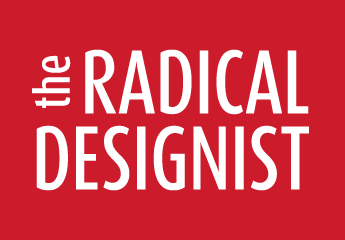Richard Buchanan, Dennis Doordan,
Victor Margolin
Introduction
Editing and producing Design Issues has been a deeply satisfying experience. Much of the satisfaction comes from watching the maturation of design discourse over the past two decades. Fundamental questions about the nature of design, designerly ways of knowing as well as acting, the role of designers, and the multiple ways through which design is woven into the very fabric of life in the modern world have been debated in the pages of the journal. Inherent in the challenge to fully recognize the complexity of design and render it legible and accessible to others is the necessity to position this recognition within a humanistic framework. Rather than posited as abstract universal entities adequately knowable in physiological and ergonomic terms, Design Issues has consistently argued the necessity to appreciate human beings as unique individuals and as communities sharing distinct forms of cultural, ethnic or other group identities and experiences.
No assessment of twenty-two years of design discourse can avoid the growing recognition and consideration of the effects of globalization. The phenomenon of globalization has provoked many cultural commentators to lament the loss of diversity due to the "commodification" and "homogenization" of experience in the contemporary world. Critics have pointed to the darker side of globalization: exploitation of labor, environmental degradation, and the rise of economic and political forces that seems to escape regulation and democratic control. While it would be naïve to deny the excesses of globalization, it would be a mistake to forget an essential truth that has animated everyone involved with Design Issues all these years. At its finest, design is an affirmation of life. To design — to create, to improve, to preserve, to care for the world and all its inhabitants — is an act grounded in a fundamental commitment to life and a belief in the importance of the future. Design Issues is committed to advancing design knowledge and promoting design discourse. This commitment, demonstrated page after page, issue after issue, volume after volume for twenty two years, to bringing pluralistic discussions of design history, theory and criticism together in one place (which, due to the enduring and globe-spanning power of the printed word, means this one place is literally everywhere) remains the bedrock upon which Design Issues is built.
ISSUE 0 | July 2006 | 01/10 | Past Radical Propositions

